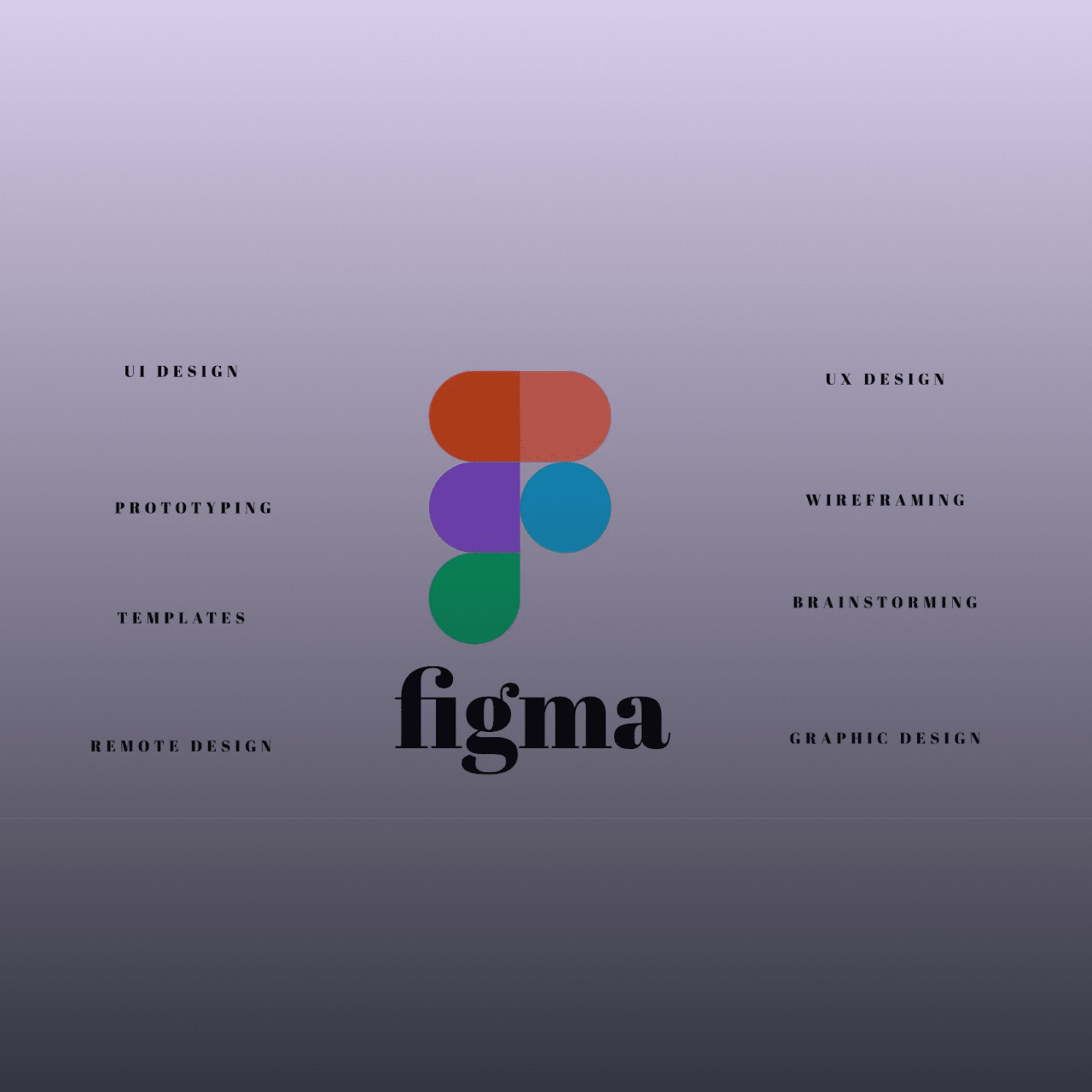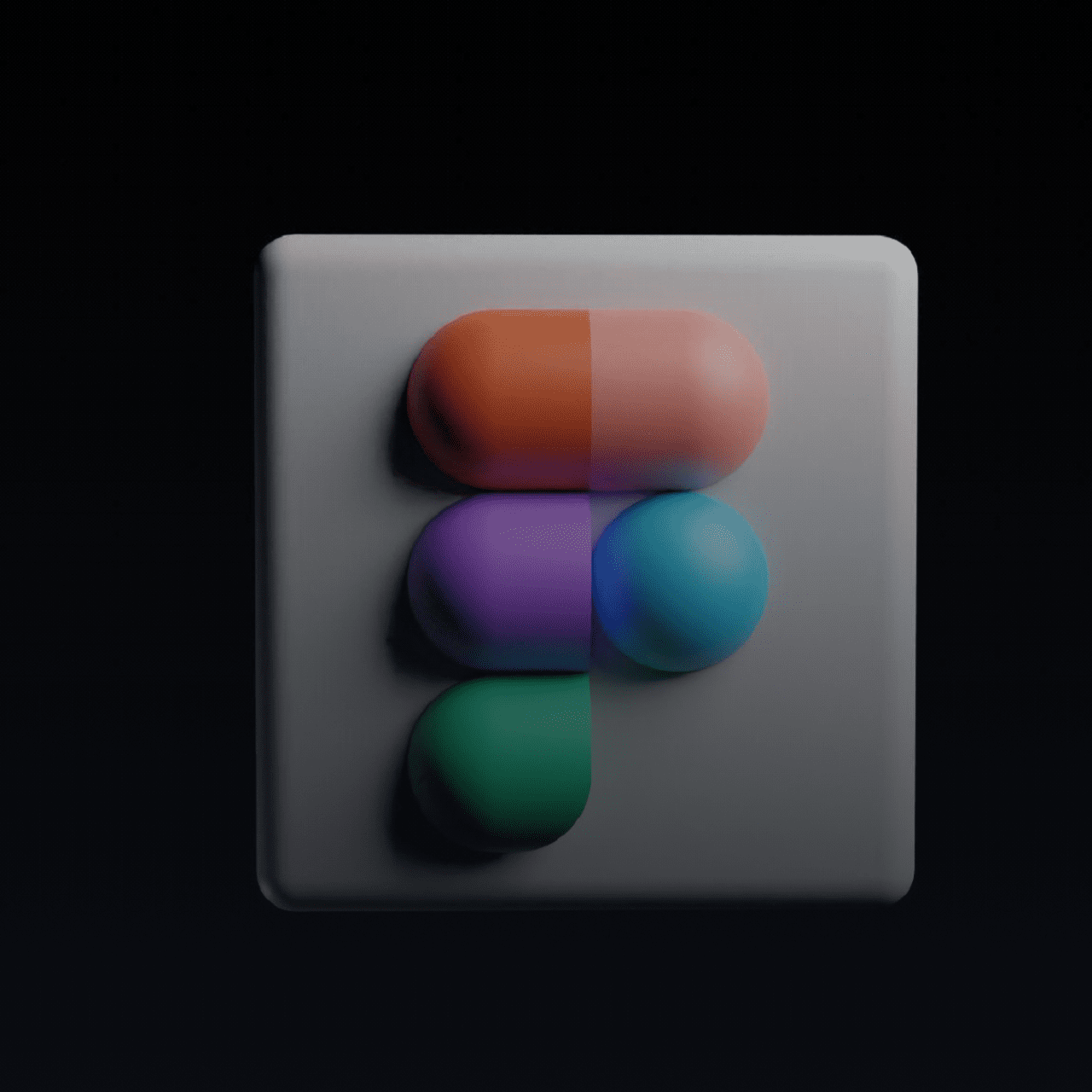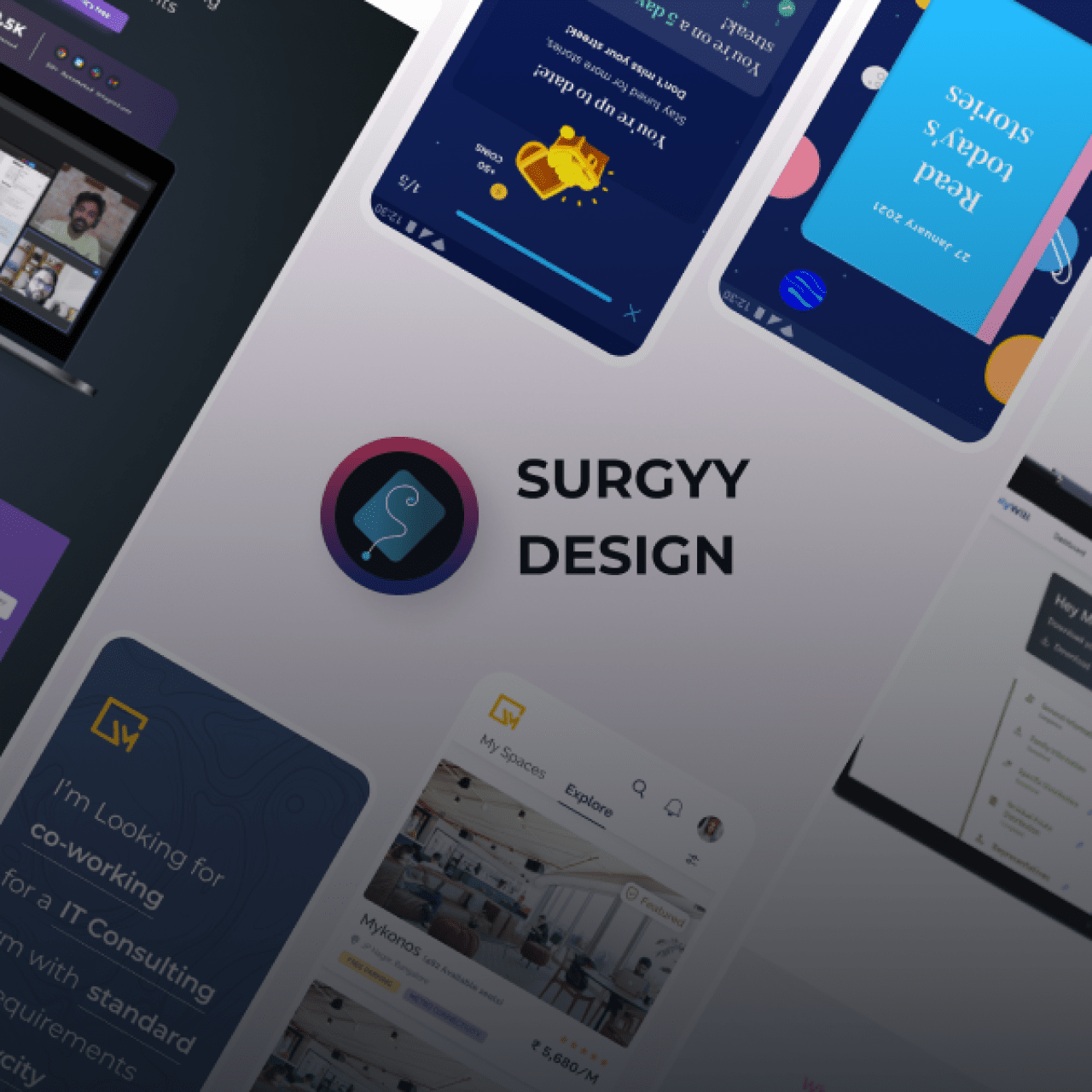Known for its collaboration feature, Figma is a tool for collaborative interface designs. It empowers users to get instant feedback from members of the team by sharing design files and leaving comments.
With Figma, designers are able to design using the accessibility and power of the Web with the same compelling features you’d expect from a native app. A real-time collaboration feature surprises everyone with its ease of use. Designers can now collaborate in real-time with their co-workers and clients, and each pointer can draw shapes simultaneously.
In this article, we answer the most interesting question surrounding this industry: “Why should you be using Figma?”.
Figma Accessibility is a Game-Changer
Collaboration and accessibility are what make Figma unique. Having to download a large app or use a Mac is a thing of the past. Through this feature, everyone is able to design while seeing everyone else’s designs. Figma has everything for you straight out of the box, so your team no longer depends on a third-party tool or a fragmented set of plugins.
Keeping your team in sync is essential since many developers use Windows machines. You can send developers a link, and they’ll receive the colors, fonts, CSS, Swift, and SVG code from the design.

Engage in Real Time
Figma lets you share files, pages, and frames (called artboards in other design tools) using permissions. An individual who clicks on a share link that is made to a frame on a page is redirected to a browser version of Figma, which opens a zoomed-in view of the frame.
The selective sharing of files down to the frame, from the file level to the frame level, enables designers, product owners, and developers to collaborate on bug tracking tools precisely as they need.
It is beneficial for real-time file collaboration to prevent misinterpretation or deviation from an agreed-upon design.
Uncomplicated and Adaptable
You can also paste an iFrame into third-party tools by using live embed code snippets offered by Figma. In addition, embedding mockup files in Confluence does not update those files when you save a Figma file- they ARE the Figma files.
Prototypes and comments can be drafted in Figma without the need to use separate apps. The process of exchanging design mockups and updates becomes easier with Figma.
Something that’s true – After Figma, third-party tools are no longer necessary. All that is required is that you move from sketches to Figma and all groups have the latest mockups.
Figma Makes Design Feedback Easy
In both design and prototyping modes, Figma supports in-app commenting, and the comment thread is logged in Slack. You do not need to publish PNG files to get feedback from a team using a third-party tool like Marvel or InVision.
During design reviews, team designers can use a large screen to discuss their work, record comments, & fix problems in Figma. Sketch does this type of live feedback as it requires team input to be uploaded to a cloud service.

Figma Project Files
Because Figma is a web-based application, it handles file organization by displaying projects and their associated files in a separate view. Figma, like Sketch, supports multiple pages per file, allowing Agile teams to organize their projects logically:
- Do a project based on the featured theme.
- Make a file for a prominent or epic feature.
- Make a page for each user stored in that file.
- This is just one method of organizing files that could be made more or less granular depending on the needs of the process.
A Great Design Tool
Many businesses now require design systems, so there is a need for elements (symbols in Sketch and Illustrator) that are reusable, scalable, and “transcribed” for use in pattern libraries available to UX designers and front-end developers.
Figma’s team library modeless dialogue gives unfettered access to components and styles.
After creating a Figma team library, anybody with permission to a project may utilize instances of the elements in their designs with confidence that they work on the updated versions.
Using files and frames to organize elements is a flexible and straightforward approach. Figma’s technique to component libraries is simple and straightforward to handle. Designers can create component-heavy files or use on-page components to organize a pattern library. Each frame in a Figma page becomes the team library’s managerial section as you do not need hierarchies to manage them.
A project dedicated exclusively to components is one method of organizing libraries. Files in that project can be structured as needed, and pages within those files can be organized as well.
Conclusion
Expressing your creativity and design abilities does not necessitate the use of a specific tool. You would select one tool for your work, while your other friends would select different tools.
However, when you’re part of a team and everyone on the team is on the same page, that’s a nice bonus. Figma would be an excellent choice for your team, as well as for your personal needs. It has a plethora of features and resources to help you speed up your workflow.
Akshay Trivedi is a guest author on Difference by Design. If you’ve interesting ideas to share, find out more about submitting a Guest blog here









This is how you make any technical subject a piece of cake for the general population.
Perfect for any non technical reader to get an indepth insight about the figma work flow.
Nice work Akshay.
Very helpful, thanks for sharing